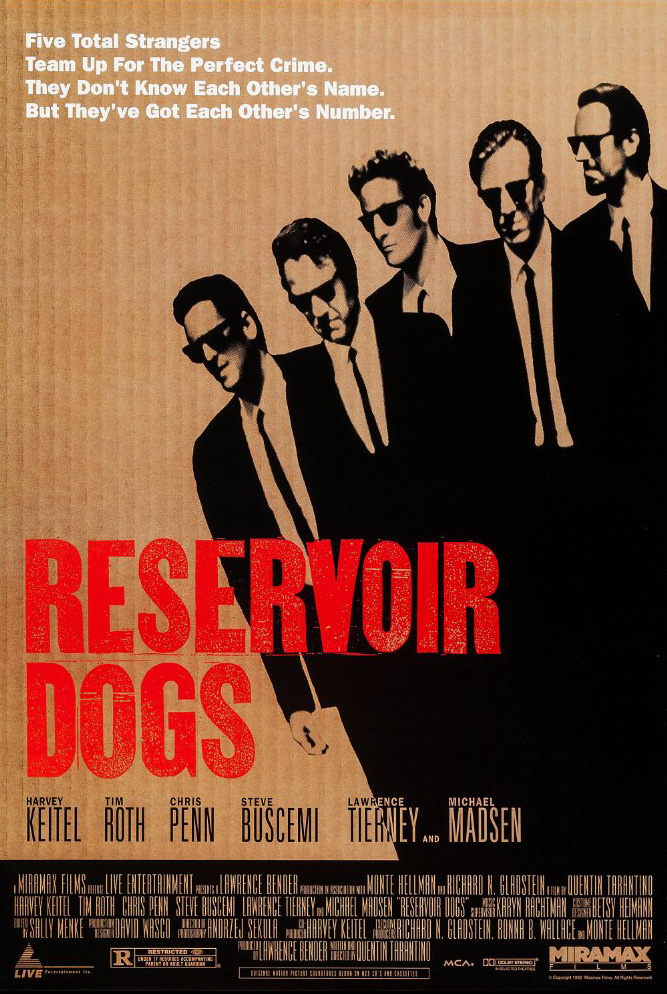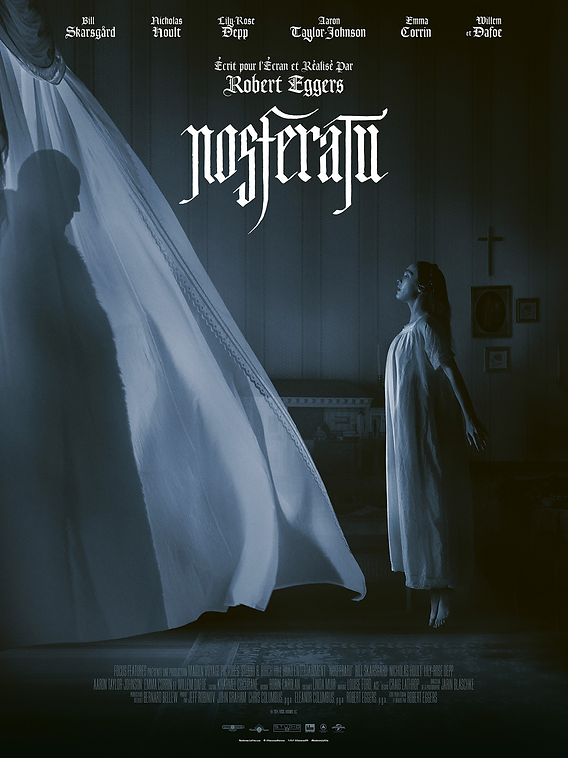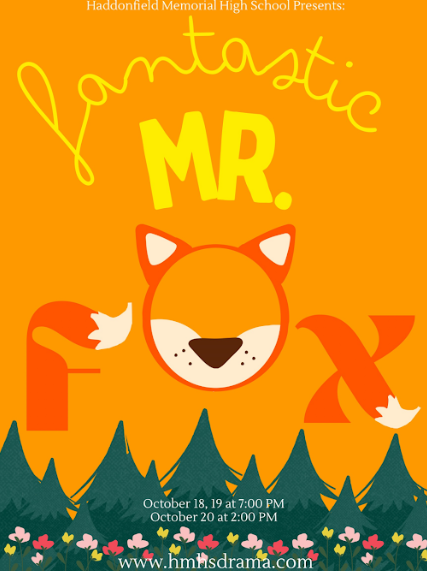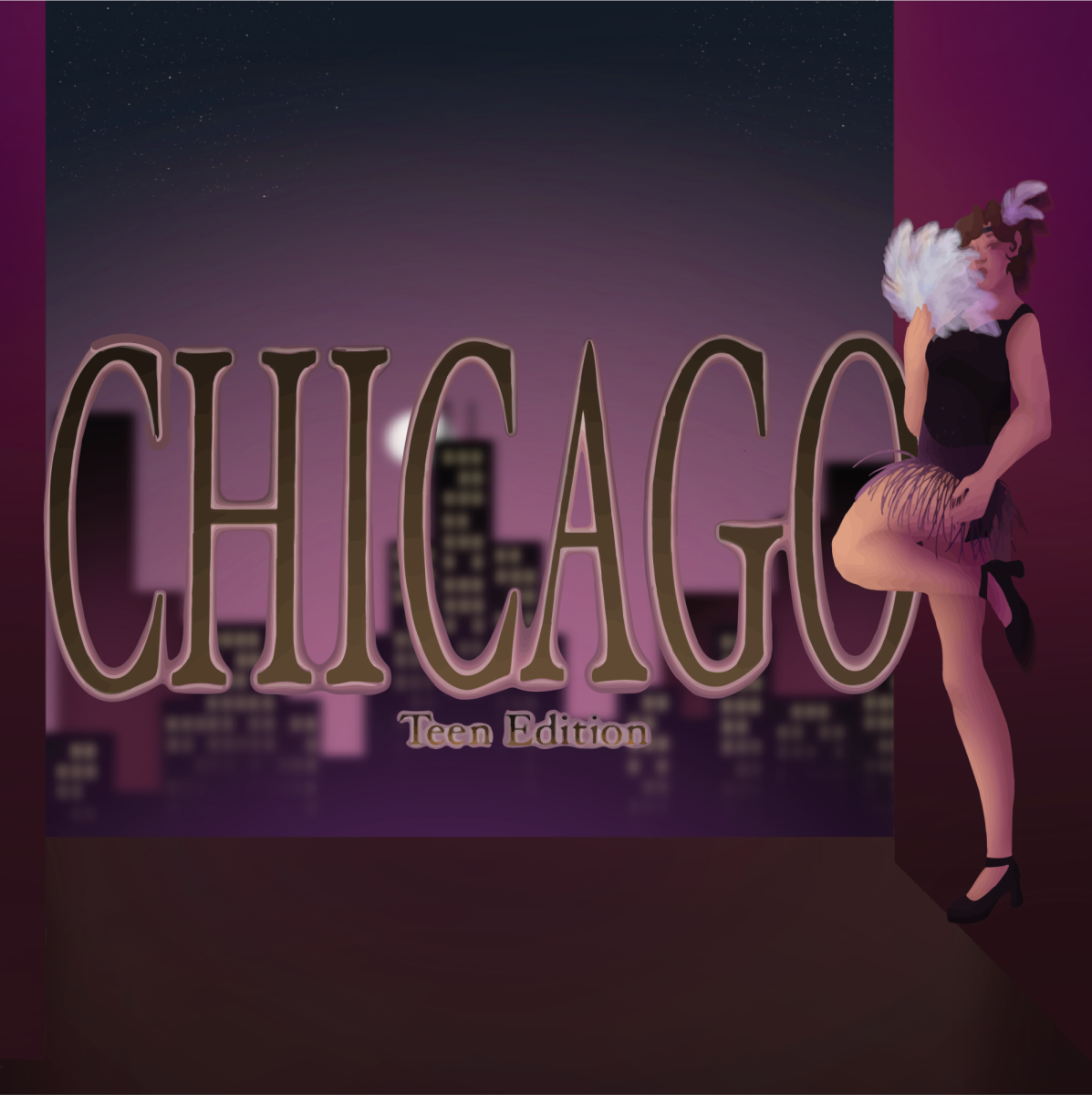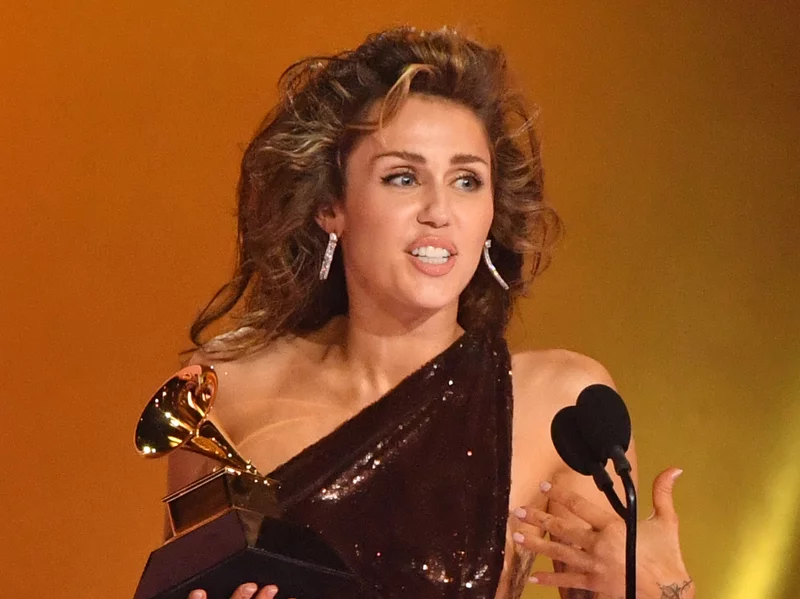For decades, Director Quentin Tarantino has been scolded for his use of violence in his films, starting with his first, and arguably his most violent film, Reservoir Dogs.
“You are talking about real life, I’m talking about the movies” (Kron 4 Studio). Tarantino defends his use of violence by explaining that there is a huge difference between the movies and real life. Movies are performances that are supposed to be dramatic—they seek to evoke emotions in the viewers. Tarantino has said that his goal is to leave you with contradictory emotions.
“When a movie really does it to me it’s because it made me feel many different emotions during the course of it, especially if I can pull off contradictory emotions” (Dan Rather interview) He justifies the violence as a stylistic choice. I discussed this with David Scorsolini, an English teacher at HMHS with a love and infinite knowledge for movies.
“I think it is justifiable, it doesn’t mean I necessarily approve in all instances,” says Scorsolini. “An artist should be able to pursue any idea, theme, or motif as they see fit.” Mr. Scorsolini is an avid Tarantino fan and has an appreciation for art. This does not mean he approves of extreme violence, but he appreciates a directors stylistic choices when it comes to their movies.
When asked about the link between violence in film vs real life, Scorsolini has a firm stance that art is a way of expressing and showing the violence in the world around us.
“I do not think violence in media or video games causes people to commit violent acts, I think that capacity for violence always has existed. The fact of the matter is, we live in a violent society; human beings have always been violent towards one another.” He continues, “What annoys me as someone who appreciates art is how we tend to make it a bigger deal like in a video game than when it happens in real life.” Self expression is an important part of the creative process. It is important to express the violence you are seeing in the world around you in hopes of opening people’s eyes to the crime and gruesome violence that happen even as you are reading this. Philadelphia is a good example of this and that is just right over the bridge.
When asked about the shocking nature of violence in films, Mr. Scors shares, “It is jarring because of how it is depicted. It is done in a way that would appear more entertaining on the camera”. An example of this is the blood in Reservoir Dogs, in which the blood is bright red. It is very unrealistic, but it is supposed to pop off their white button downs more than a dark burgundy red which would appear much more natural. We also see this in Kill Bill when O-Ren Ishii beheads Boss Tanaka. The blood sprays out of his neck like a sprinkler on the jet setting. This was obviously done as an homage to kung fu and samurai cinema, rather than an excuse to have a guy’s head decapitated.
Mr. Scorsolini can also understand some people’s issues with the graphic violence on screen, but he feels as though the blame is placed in the wrong places. “There have probably been instances where people have committed violent acts after watching a film or seeing something in the media, but again, to me that’s not the film causing the violence.” The individuals who are committing violent acts already have violent ideologies that lead them towards a world of crime, a form of media may feed into that, but that is not the main contributor to their violence.
In instances like Inglorious Bastards, violence is therapeutic. I mean, who wouldn’t want to watch Hitler and Nazis be set on fire? Mr. Scorsolini explains this by saying, “It goes all the way back to Aristotle, where art can evoke certain emotions and provide us a way to cleanse us.” There is something so therapeutic about creating an alternative ending to a villain that ends with them suffering the violence they put so many innocent people through. This does not mean the people who enjoy this are going to act out on the therapeutic response to violence, rather they appreciate the art and understand that a stylistic choice is not the leading cause of murder and violence.
Although Quentin Tarantino’s legacy will include his use of violence and the backlash he received, his impact on cinema and his fight to defend art will long live him and the criticism he received in his career.

